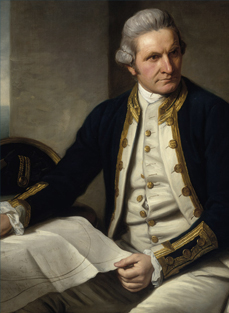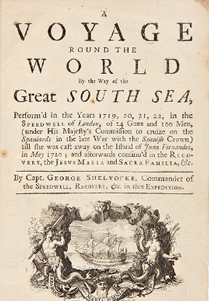The Inspiration
The Poem
Killing the Albatross shows the Mariner’s disregard and contempt for the natural world. The crew hangs the dead bird around the Mariner’s neck to punish him, which they feel in some way has stalled the ship in the blazing sun. One by one the men on the ship die, leaving the Mariner alone and frightened. The Mariner faces an inner struggle over the crime he has committed, and must understand his actions and perform his penance. The voyage now becomes a journey of learning important lessons in accountability, acceptance, forgiveness, and repentance.
Notes
“The Rime of the Ancient Mariner,” the longest major poem by the English poet Samuel Taylor Coleridge, is considered a landmark poem and a classic of the romantic idiom despite its use of archaic language. It is unique in that it has little in common with other Romantic works and gives the impression that the “Rime” is an ancient ballad. By describing the Mariner as “Ancient,” Coleridge makes him a timeless artifact which has always existed and always will exist.
The spelling of the word “Rime” has different levels of meaning. On the most basic level, the poem is a “rhyme” – rhyming verses – told by an old sailor, or mariner. The spelling, “rime”, refers to frost, specifically frost that forms in fog and wind when the temperature cools down. “Rime” often forms on the windy side of sails and ships. Much of the poem takes place in the Arctic, in a “land of ice and snow” where “rime” is found. The Mariner himself is described as being “frosty”, for example his beard is described as frosty or, “hoary” (7.142). Some critics suggest that the use of “Rime” is symbolic of the Mariner's soul being covered with a layer of frost until he learns to have pity on his fellow creatures.
The albatross has become a symbol of the heavy burden of guilt (albatross around one’s neck) because of the popularity and endurance of the poem. It is an English language idiom describing “a heavy burden of guilt that becomes an obstacle to success.”

Samuel Coleridge’s poem is thought by some to have been partly inspired by the much lauded explorations of Captain James Cook (discoverer of the Virgin Islands, among other things), which were very much the talk of Coleridge’s time.
One was James Cook’s second voyage of exploration (1772-1775) of the South Seas and the Pacific Ocean. Coleridge’s tutor, William Wales, was the astronomer on Cook’s flagship and had a strong relationship with Cook. On the second voyage Cook crossed three times into the Antarctic Circle to determine whether the fabled great southern continent existed. Others suggest that the poem may have been inspired by the voyage of Thomas James into the Arctic and Coleridge drew upon James’s account of the hardship and lamentation in writing the Rime.

Wordsworth thinks the poem was inspired when he, his sister, Dorothy, and Coleridge were on a walking tour through the Quantock Hills in Somerset in the spring of 1798. The discussion turned to a book Wordsworth was reading: A Voyage Round the Word by Way of the Great South Sea (1726) by Captain George Shelvocke. In the book, a melancholy sailor, Simon Hatley, shoots a black albatross while on board a ship Speedwell. Wordsworth says “Suppose you represent him as having killed one of these birds on entering the south sea, and the tutelary spirits of these regions take upon them to avenge the crime.” By the time the trio finished their walk, the poem had taken shape.

A statue of the mariner stands in the harbour of the nearby town of Watchet, marking the place where Coleridge is supposed to have stared out across the sea, imagining the plot of his poem.